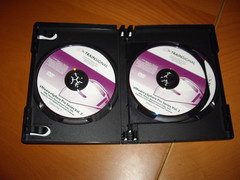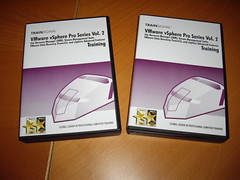In this white paper, VMware shows some of the great new performance features for vCenter Server that come with vSphere 4.1, hardware sizing guidelines and software requirements, performance best practices with performance tuning, monitoring, and troubleshooting tips, performance monitoring tools, and case studies to demonstrate the performance improvements made in vSphere 4.1. Some highlights of the performance best practices for vCenter Server 4.1 include:
- Make sure you size your system properly according to the inventory size.
- The number of network hops between vCenter Server and the ESX host affects operational latency. The ESX host should reside as few network hops away from the vCenter Server as possible.
- Effective resource planning and monitoring is necessary when using HA, FT, DRS, and DPM.
- Monitor Web Services and make sure the max heap size for Java virtual machine is set correctly according to Inventory size.
- For the vCenter Server database, separate database files for data and for logs onto drives backed by different physical disks, and make sure statistics collection times are set conservatively so that they will not overload the system.
- Be aware that the number of clients connected to vCenter Server affects its performance.
- Use performance monitoring tools to ensure the health of your system and to troubleshoot problems that arise. Performance charts give you a graphical view of statistics for your system.
http://www.vmware.com/files/pdf/techpaper/vsp_41_perf_VC_Best_Practices.pdf
VMware vCenter Update Manager Performance and Best Practices
VMware vCenter Update Manager delivers the most full‐featured and robust patch management product for vSphere 4.1. This white paper displays test data and recommends various performance tips to help your Update Manager deployments run as efficiently as possible.
http://www.vmware.com/files/pdf/techpaper/vsp_41_perf_UpdateManager_Best-Practices.pdf














